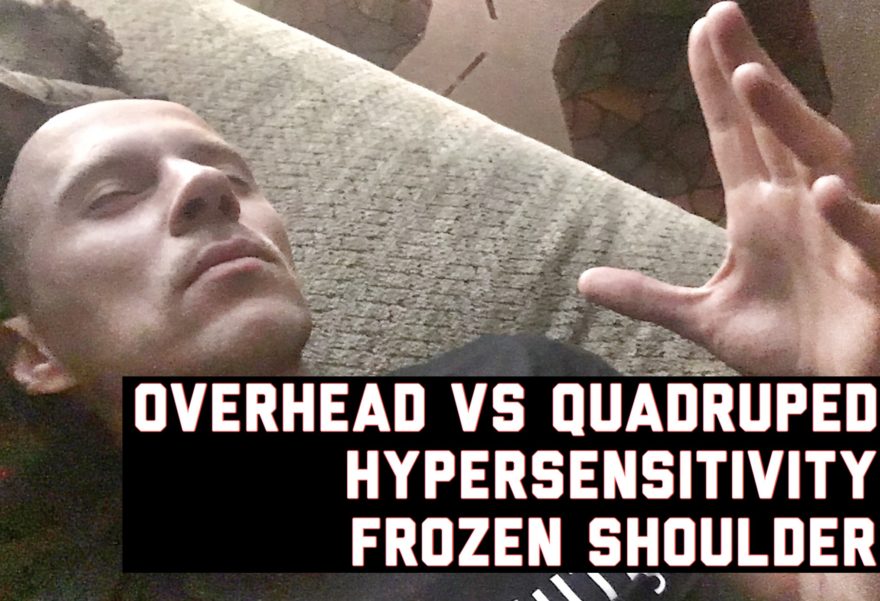Tag: overhead

Shoulder Flexion Troubleshooting
Can’t get overhead? Let’s figure out how! If you can raise your arm fully overhead WITHOUT compensating, don’t read any…

Overhead vs Quadruped, Hypersensitivity, and Frozen Shoulder – Movement Debrief Episode 35
Movement Debrief Episode 35 is in the books. Here is a copy of the video and audio for your listening…
Movement Chapter 8: SFMA Assessment Breakout Descriptions and Flowcharts
This is a chapter 8 summary of the book “Movement” by Gray Cook. What to Look For The SFMA breakouts…
